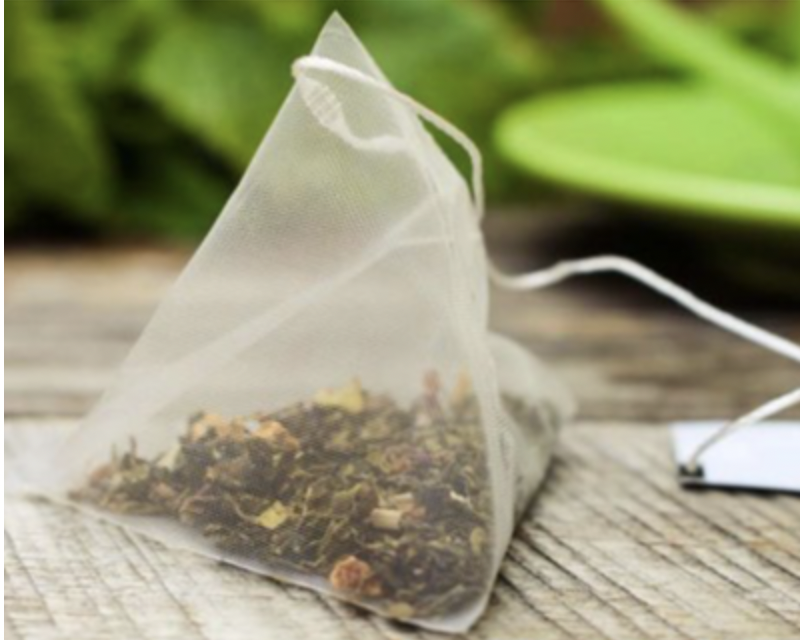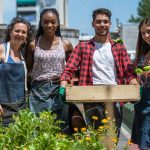 Imagine an evening (pre-COVID-19) where you take your family out to dinner and all order a family-sized meal of seafood gumbo full of clams, shrimp, and other delights. Yous. You may get more than you bargained for. Turns out that when someone throws a plastic bottle into the ocean, it breaks down into smaller and smaller pieces until it becomes invisible to humans – but it does not go away.[1]
Imagine an evening (pre-COVID-19) where you take your family out to dinner and all order a family-sized meal of seafood gumbo full of clams, shrimp, and other delights. Yous. You may get more than you bargained for. Turns out that when someone throws a plastic bottle into the ocean, it breaks down into smaller and smaller pieces until it becomes invisible to humans – but it does not go away.[1]
Most of the plastic made in the world winds up in water where it breaks down into invisible but long-lasting pieces which gets eaten by wildlife. The bodies of fish, clams, crabs, and other water critters consume these microplastics contain plastic they ate. Bigger fish eat the little fish, you eat the big fish and when you eat the seafood, you also get a dose of plastic.[2]
No charge will appear on your bill – but you will pay for it in your healthcare bills.
If you ordered hot tea with dinner, things could get worse because a surprising number of brands of tea have plastic in the teabag dissolving astounding amounts of invisible microplastics into the hot tea water which wind up in your tummy.[3],[4]
Continue Reading